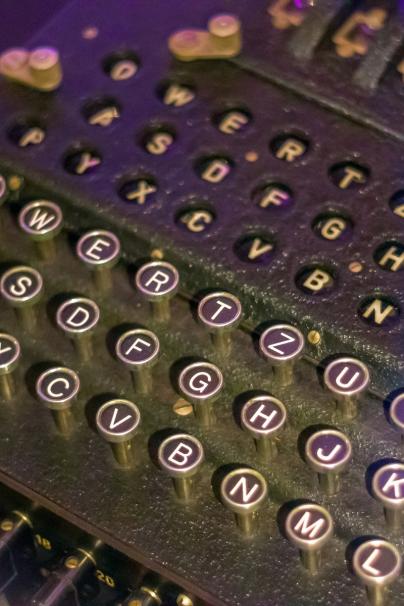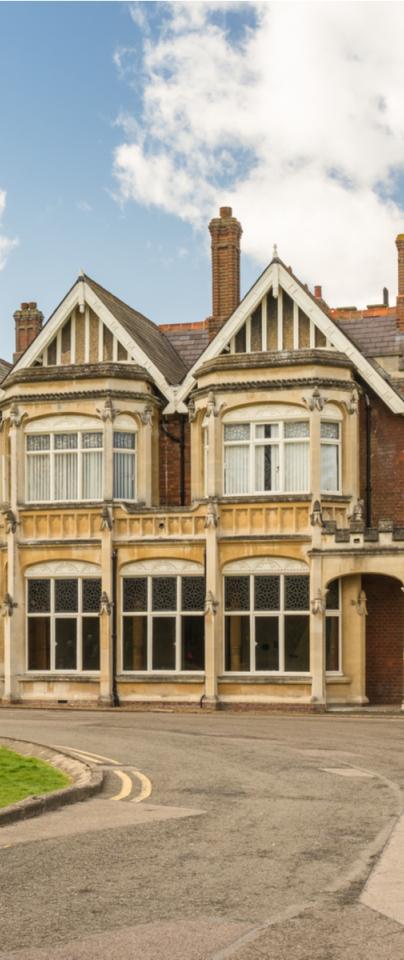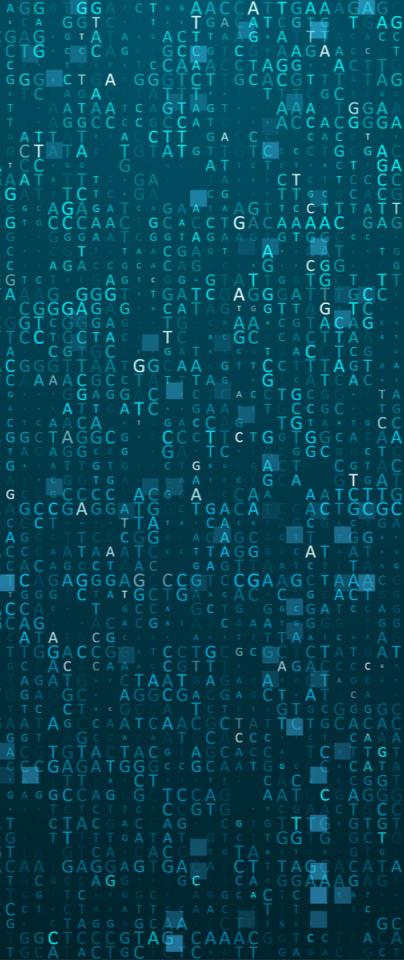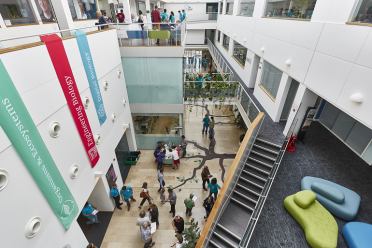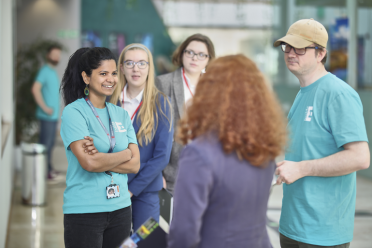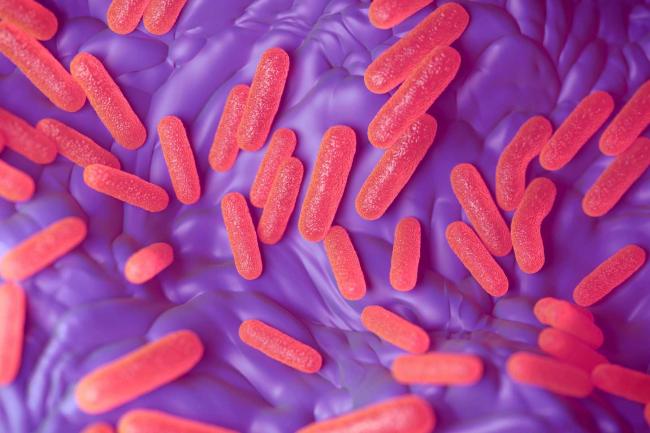Enigma should have been unbreakable, given the sheer number of permutations enabled by regularly changing the settings.
But the linguists who cracked Enigma were able to spot certain characteristic phrases, or names, used at the start of a transmission. One was “Rosa”, the girlfriend of an Enigma operator. Other common phrases used were ‘nothing to report’ or ‘to the group’. From those small hints, and the knowledge that the Enigma machine would never code a letter as itself, it was possible to work out the rest of a message.
ATGC - the four bases that are the letters of DNA. Only four letters but they combine to produce a language that can describe much of what we see in the natural world. We can rightly analogise that those letters spell words and that those words combine to produce sentences, which we now know of as genes.
In DNA, we find the same complexity and sheer scale of numbers as in Enigma. We also see the same patterns of regularity. In DNA, our ‘Rosa’ is made of three bases with the specific order ATG. Each set of three bases is known as a codon, which codes for a specific amino acid. ATG tells us that we want the amino acid methionine, and this is the first word in almost every sentence of the DNA code. An uncanny parallel.
We use this code to understand life’s very essence, from its beginnings long ago in the primordial broth of a youthful Earth, tracing mutations, evolution and speciation throughout four billion or so years to give us the complex web of living wonders that we thrive amongst today.
We can compare the code of humans with that of algae and find similarities shared with lifeforms that look strange and yet are, in many ways, intimately related to us. We can find differences between more closely-related species that offer tantalising hints to how we can treat diseases. We can even begin to search the DNA of all of life to unlock secrets to making better medicines, or healthier and more sustainable food.
None of this, however, would be possible at scale without another gift of Turing and Bletchley Park.
